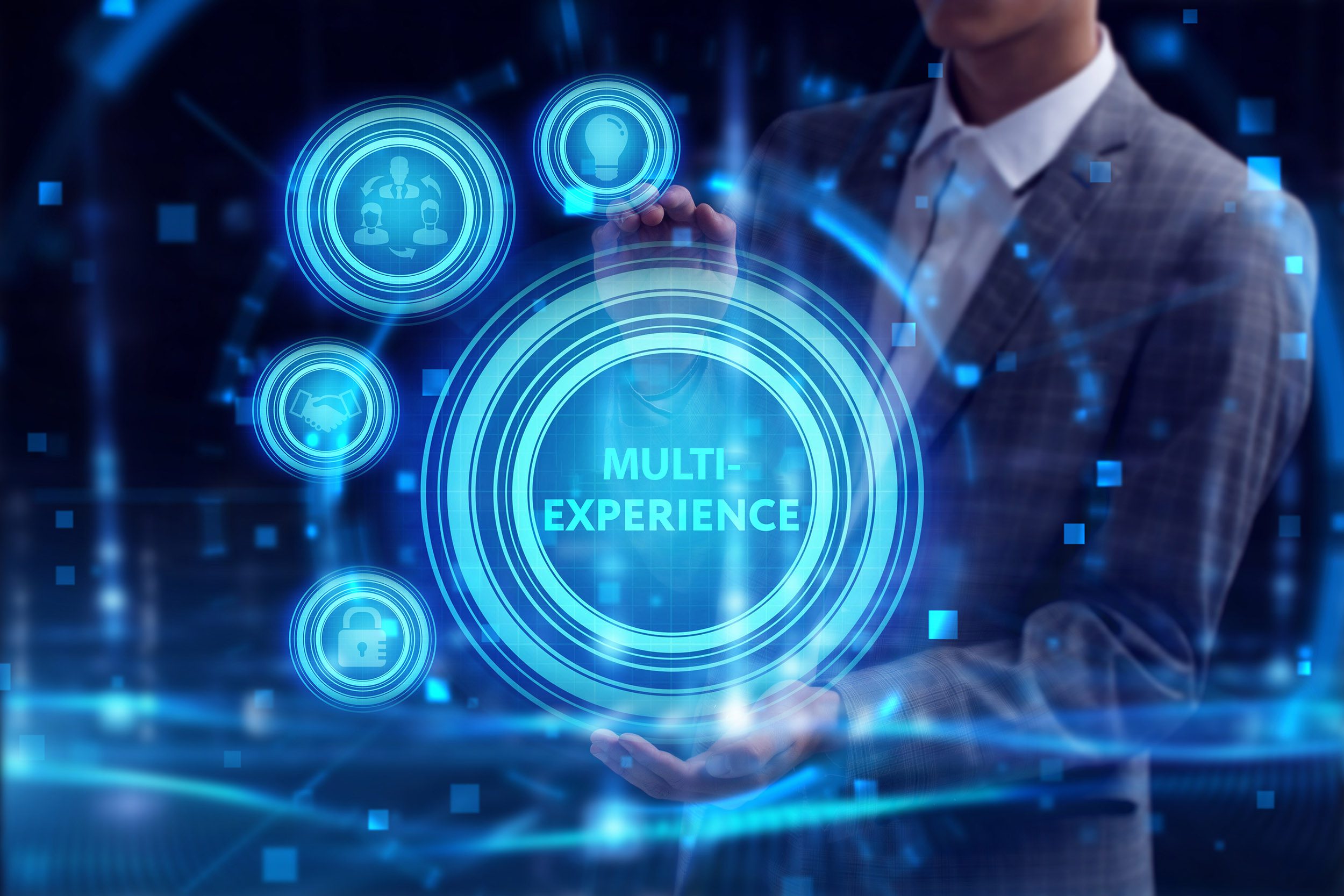From Customer Relationship Management to Providing Customers Quality Multi-Experience Engagements: What to Keep in Mind as You Embrace the Shift

Meet Melissa Leonhauser:
Melissa has over 20 years of experience managing analytic solutions that support pharmaceutical brand teams. She has helped introduce and shape how pharmaceutical manufacturers use Real World Data to understand the patient journey and inform their decision making.

I’m not sure if ‘multi-experience engagements’ is just the newest buzz phrase, but I like it.
It’s similar to ‘omnichannel marketing’ but with a focus on the customer instead of your efforts, and I appreciate that nuance. Let’s break it down.
Multi-experience
Life science companies and their customers aren’t only interacting in one way. For many life science companies, the largest vehicle for customer education and promotion is still their field force. Personal interactions with a trusted resource are still highly valued by health care providers (HCPs). These interactions are now occurring both in person and virtually with online meetings and on-demand video calls replacing some of the ‘dropping by’ reps used to do. Non-personal promotion has continued with emails, texts and advertising as just some of the tactics, and, then there is the more passive interaction such as your website or other places HCPs can get support and information. The direction of life science companies’ interactions with HCPs – which was mostly ‘push’ in the past – is becoming more balanced.
Engagements
Engagement is the goal of those experiences. You don’t just want to give a speech to HCPs, you want them to ask questions. You don’t just want to send the email or place an advertisement; you want them to click through to the material. You want those interactions to provide value to your customer so that they engage.
To provide these valuable multi-experience engagements to your customers, you should cohesively manage them all. Most life sciences companies have historically leveraged customer relationship management platforms to enable their field forces and point solutions for other interactions, but that’s inefficient and can be clumsy; the systems aren’t connected, and outreach isn’t always coordinated. Implementing a holistic solution that serves stakeholders throughout the organization, brings all the customer information together and triggers coordinated outreach would be the ultimate goal, but if that’s not in the cards right now or you’re just starting the process, here are some things you should keep in mind:
- Put yourself in your customers’ shoes.
We’re all customers, and as customers we know the tactics that aggravate us. I personally can’t stand it when I get an email at work for a service that has no relevance to my role in the organization. No, I don’t want to talk to you about recruiting services; I don’t work in HR. What do I like? I like relevant messages about things I need now, and stylistically if they’re to the point and feature funny images, even better. Companies that send me unrelated or uninteresting materials are – at best – not going to get me to interact, and – at worst – turn me off from their company or brand.
Part of providing a great customer experience is to target your outreach to the relevant customers and then learn from and adjust your tactics based on how they respond. This can be frequency, channel and message as well as more nuanced considerations like time of day, when they’re seeing a relevant patient or after they’ve shown interest.
Also, as a customer, when you have a need, aren’t you most satisfied when that need is met fully and quickly? So, ensure that your ‘pull’ experiences are easy for HCPs – or other customers – to navigate. Learn what they’re most likely to reach out for whether that is billing support or sample requests and ensure that information is easy to find and helps them address their need quickly.
- Move ‘your part’ forward without hampering future integration.
If your organization isn’t open to or willing to invest from the get-go in the full solution, advance what’s in your control now but don’t do it in a way that hampers the ability to get to the bigger solution in the future. Choose partners – such as agencies, advertising or non-personal promotion vendors – that are willing and equipped to efficiently share with you customer interaction data. You will find some vendors want to keep the data on their activities ‘in-house’ and only send summaries to their clients, but you need all the datapoints on interaction with your customers to evaluate what’s working. If you’re selecting technologies to support this initiative, choose options that are compatible with your current ecosystem and can also work with leading solutions for when you choose to make an upgrade in the future.
You can also consider piloting coordinated efforts with one brand or for a certain amount of time to get feedback and buy-in before a full, organization-wide implementation.
- Don’t just consider health care providers.
In addition to uncoordinated efforts between technologies or channels, life sciences companies may not always consider all their departments’ customers. The ultimate customers for life sciences companies are patients, and there are a lot of other decision makers or influencers that should also be considered. There are obviously prescribers who are making treatment decisions. There are also providers like hospital systems or other Accountable Care Organizations (ACOs) as well as payers and the government. You could also even consider investors and the public as customers. A fully comprehensive customer engagement solution assists departments throughout life science companies in serving their customers and providing them with a fulfilling and positive experience.
I may be the only one who loves the term ‘multi-experience engagement’, but its essence – true engagement with your customers where they have valuable experiences each time they interact with your organization – likely resonates with us all.
Author: Melissa Leonhauser